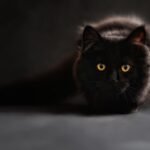When we think of big cats, we often picture massive predators overpowering their prey through sheer strength. But here’s the fascinating truth: some of the most impressive hunters in the feline world succeed not because of their size, but despite it. These remarkable cats have evolved incredible strategies that prove brain often beats brawn in the wild kingdom.
The Snow Leopard’s Gravity-Defying Cliff Hunts

High in the Himalayas, where oxygen is thin and cliffs are treacherous, the snow leopard has mastered what seems impossible. This “ghost of the mountains” weighs only 60-120 pounds, yet it can leap 50 feet horizontally and 20 feet vertically while chasing prey down near-vertical rock faces.
Their oversized paws act like natural snowshoes, distributing weight across unstable terrain. What’s truly remarkable is how they use their 3-foot-long tails as a tightrope walker’s pole, maintaining perfect balance while pursuing blue sheep and ibex across death-defying precipices. Most large predators would never attempt such acrobatic hunts, but snow leopards have turned mountaineering into an art form.
Cheetahs Trade Power for Precision Engineering

The cheetah’s body is basically a Formula 1 car disguised as a cat. Weighing just 77-143 pounds, they’ve sacrificed the muscle mass and bone density that other big cats rely on. Instead, they’ve become living missiles, capable of accelerating from 0 to 60 mph in just three seconds.
Their semi-retractable claws work like track spikes, providing traction during high-speed chases. The cheetah’s spine flexes like a spring, extending and contracting with each stride to maximize speed. They can only maintain this incredible pace for about 30 seconds, but that’s all they need to catch gazelles and impalas that would easily outmaneuver bulkier predators.
Jaguars Perfect the Art of Skull-Crushing Stealth

While jaguars are stocky and powerful, they’re actually smaller than lions and tigers, typically weighing 120-300 pounds. What makes them terrifying isn’t their size but their bite force of 1,500 PSI – nearly double that of a lion. This incredible jaw strength allows them to employ a hunting strategy no other big cat can match.
Jaguars are the only big cats that regularly kill by crushing their prey’s skull rather than suffocating them. They can bite through turtle shells, caiman skulls, and even the thick hide of capybaras. Their compact build and powerful legs make them excellent swimmers, allowing them to hunt prey both in water and on land with equal effectiveness.
Leopards Master the Vertical Food Storage System
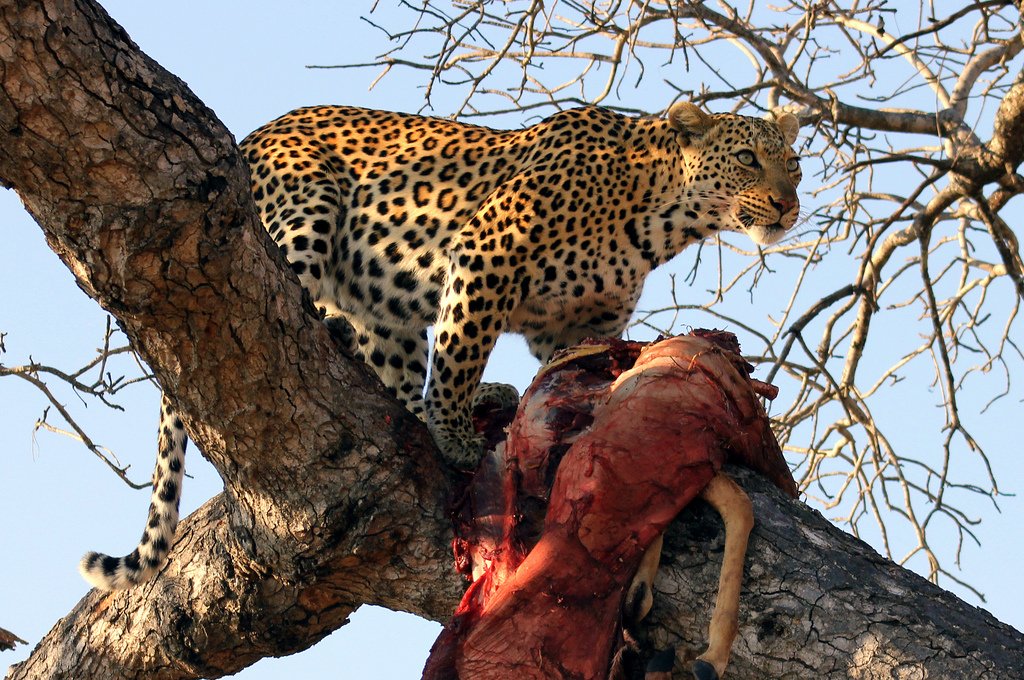
Leopards typically weigh 60-200 pounds, making them significantly smaller than lions or tigers. Yet they’ve developed one of the most impressive hunting innovations in the animal kingdom: the ability to haul prey twice their body weight straight up into trees. This isn’t just showing off – it’s survival strategy at its finest.
By storing kills in trees, leopards protect their food from scavengers like hyenas and lions. Their incredibly muscular shoulders and neck, combined with retractable claws that work like climbing spikes, allow them to scale vertical surfaces while carrying heavy loads. This aerial pantry system lets them hunt more efficiently, knowing their investment won’t be stolen by larger competitors.
Mountain Lions Excel at Silent Stalking Marathons
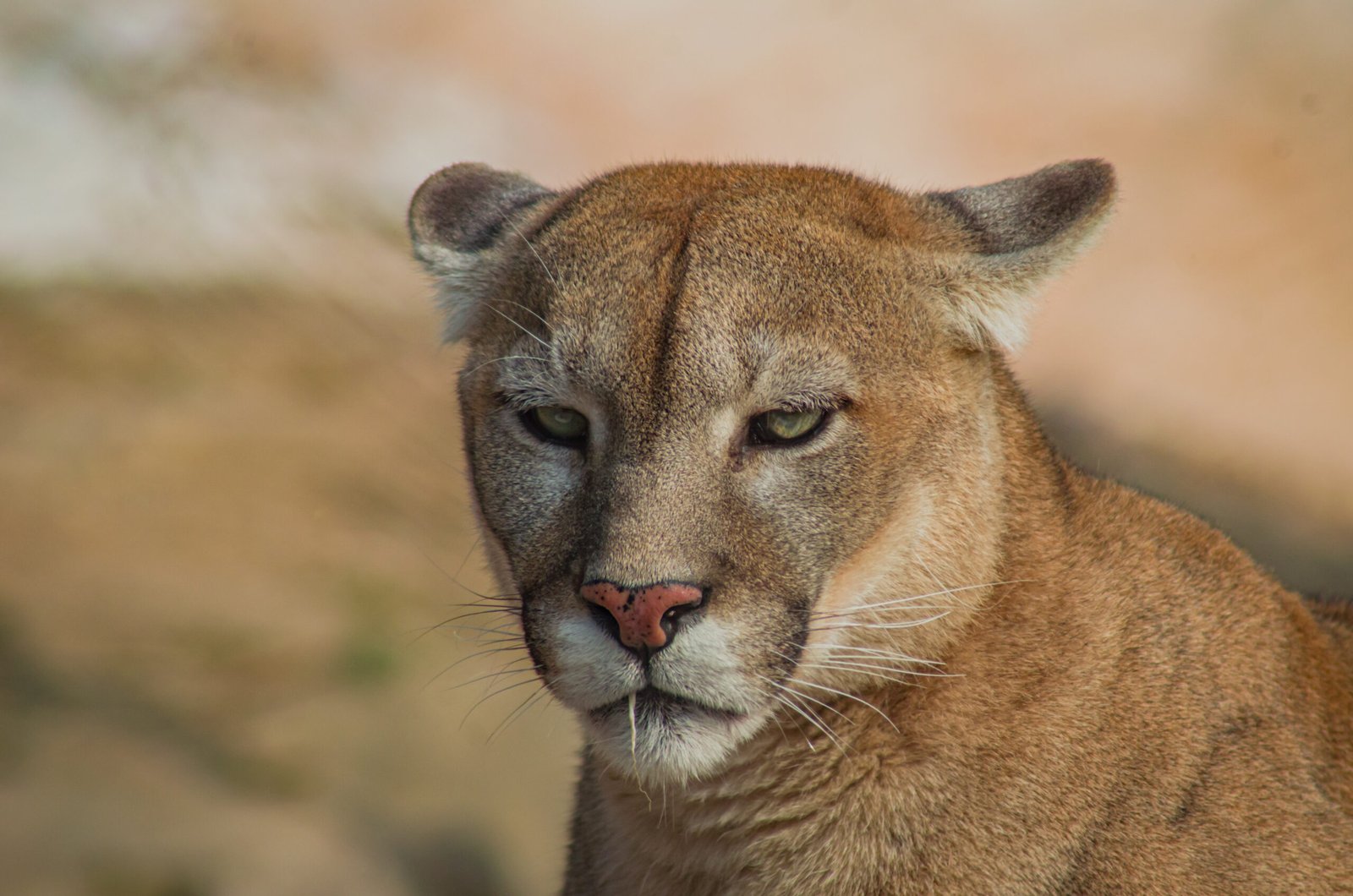
Mountain lions, or cougars, weigh 80-220 pounds and have perfected the art of patient pursuit. Unlike the explosive hunting style of other big cats, they can stalk a single animal for hours, sometimes covering miles while staying completely undetected. Their padded paws move silently across any terrain, from snow to rocky slopes.
What’s remarkable is their ability to remain motionless for extended periods, sometimes staying crouched behind cover for over an hour waiting for the perfect moment. When they finally strike, it’s with devastating precision – a single leap that can cover 40 feet horizontally or 15 feet vertically, landing directly on their prey’s back or neck.
Lynx Use Oversized Paws as Natural Snowshoes

The Eurasian lynx weighs only 40-66 pounds, yet it dominates snowy forests across Europe and Asia. Their secret weapon? Paws that are proportionally huge compared to their body size, measuring up to 4 inches across. These natural snowshoes distribute their weight so effectively that they can walk on snow that would cause heavier predators to sink.
This mobility advantage allows lynx to hunt prey like roe deer and hares year-round, even in deep snow conditions. Their ear tufts aren’t just for show either – they enhance hearing, helping them detect prey moving beneath the snow. Combined with their incredible patience, lynx can wait motionless for hours before making their move.
Ocelots Perfect Micro-Precision Hunting

Weighing just 18-35 pounds, ocelots might seem too small to be effective predators, but they’ve mastered precision hunting that larger cats simply can’t match. Their compact size allows them to pursue prey through dense underbrush, hollow logs, and narrow spaces where bigger cats would get stuck.
Ocelots are like the surgeons of the cat world – they can catch fish, frogs, birds, and small mammals with surgical precision. Their excellent night vision and acute hearing help them detect prey that larger cats might miss entirely. They’re also surprisingly good swimmers, expanding their hunting grounds to include aquatic prey that terrestrial predators ignore.
Servals Turn Hearing Into a Hunting Superpower
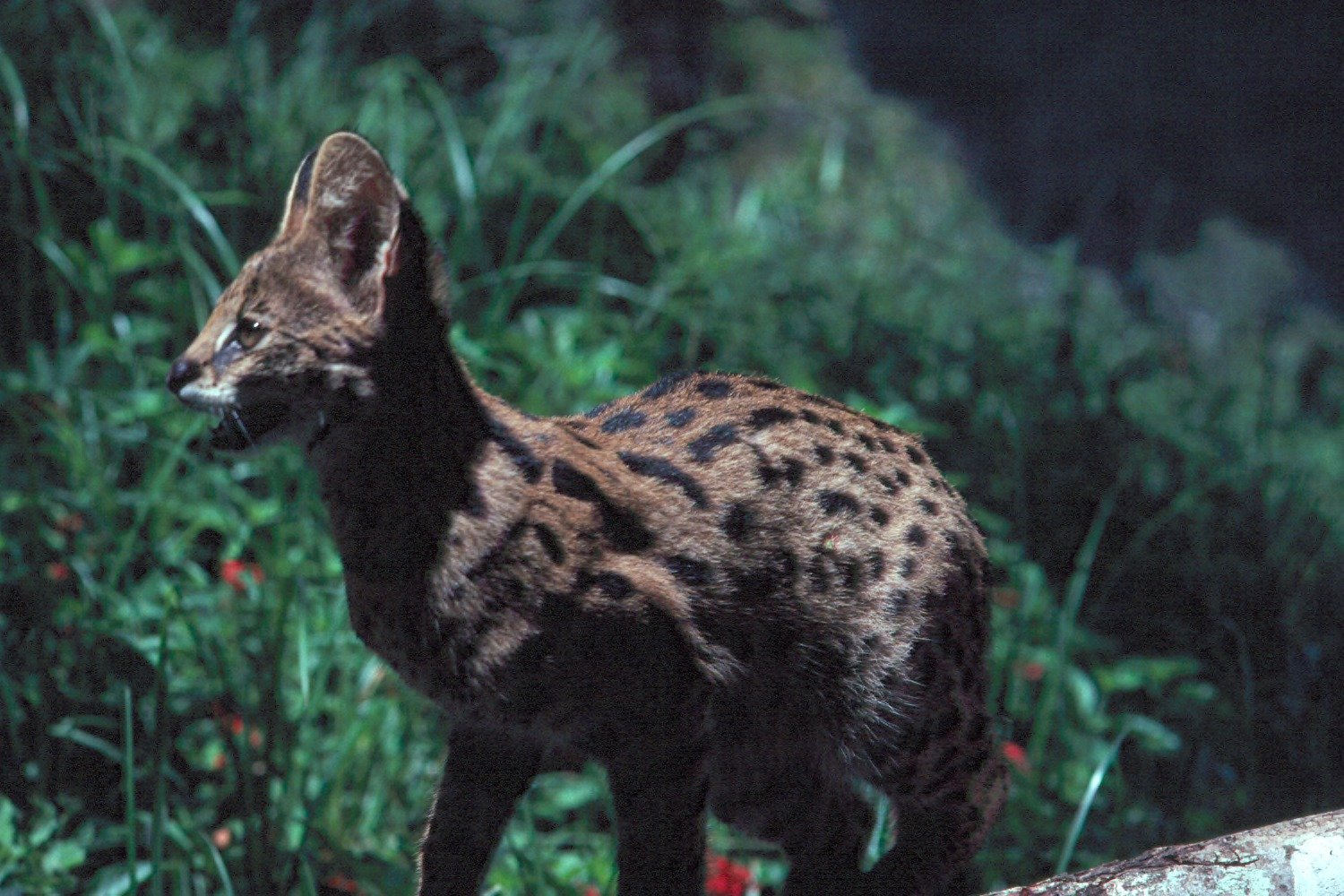
At 20-40 pounds, servals are relatively small cats, but they’ve developed perhaps the most sophisticated hunting technique based on sound. Their enormous ears – proportionally the largest of any cat – can detect the heartbeat of a rodent hiding underground. This isn’t an exaggeration; they literally hunt by sound alone.
Servals use a hunting technique called “fishing” – they’ll stand perfectly still over a suspected prey location, then suddenly pounce with a high arcing leap, landing precisely where they heard movement. Their success rate is around 60%, which is incredibly high for any predator. They can leap 10 feet horizontally and 4 feet vertically from a standing position.
Caracals Master the Art of Aerial Interception

Caracals weigh 25-50 pounds but have developed one of the most spectacular hunting techniques in the cat world. They specialize in catching birds in mid-flight, leaping up to 10 feet straight up to snatch prey from the air. Their powerful hind legs work like coiled springs, launching them skyward with incredible force.
What makes this even more impressive is their ability to twist and turn mid-air, adjusting their trajectory to match a bird’s flight path. Their tufted ears help them track flying prey, while their exceptional reflexes allow them to make split-second adjustments. Ancient Egyptians actually used trained caracals for hunting, impressed by their aerial acrobatics.
Sand Cats Survive Where Others Can’t
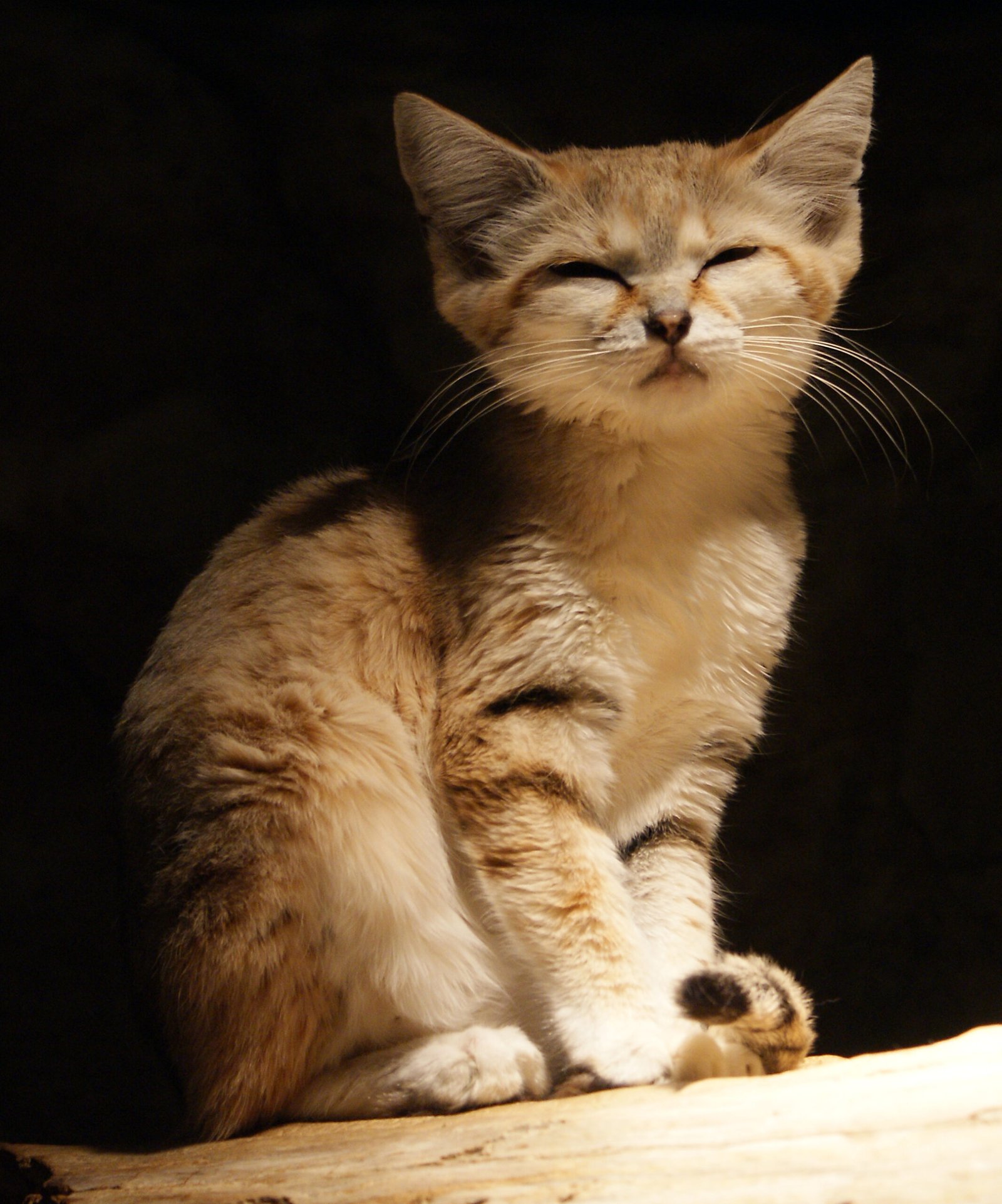
The sand cat weighs a mere 3-8 pounds, making it one of the smallest wild cats. Yet it thrives in desert environments that would kill larger predators. Their tiny size is actually an advantage – they need less water and can survive in burrows that provide protection from extreme temperatures.
Sand cats have developed incredible hearing that allows them to detect prey moving underground. Their fur-covered paws protect them from burning sand while providing excellent traction. They can survive without drinking water for weeks, getting all their moisture from prey. This efficiency lets them hunt successfully in environments where larger cats would perish from dehydration.
Margays Become Monkey Mimics in Treetops
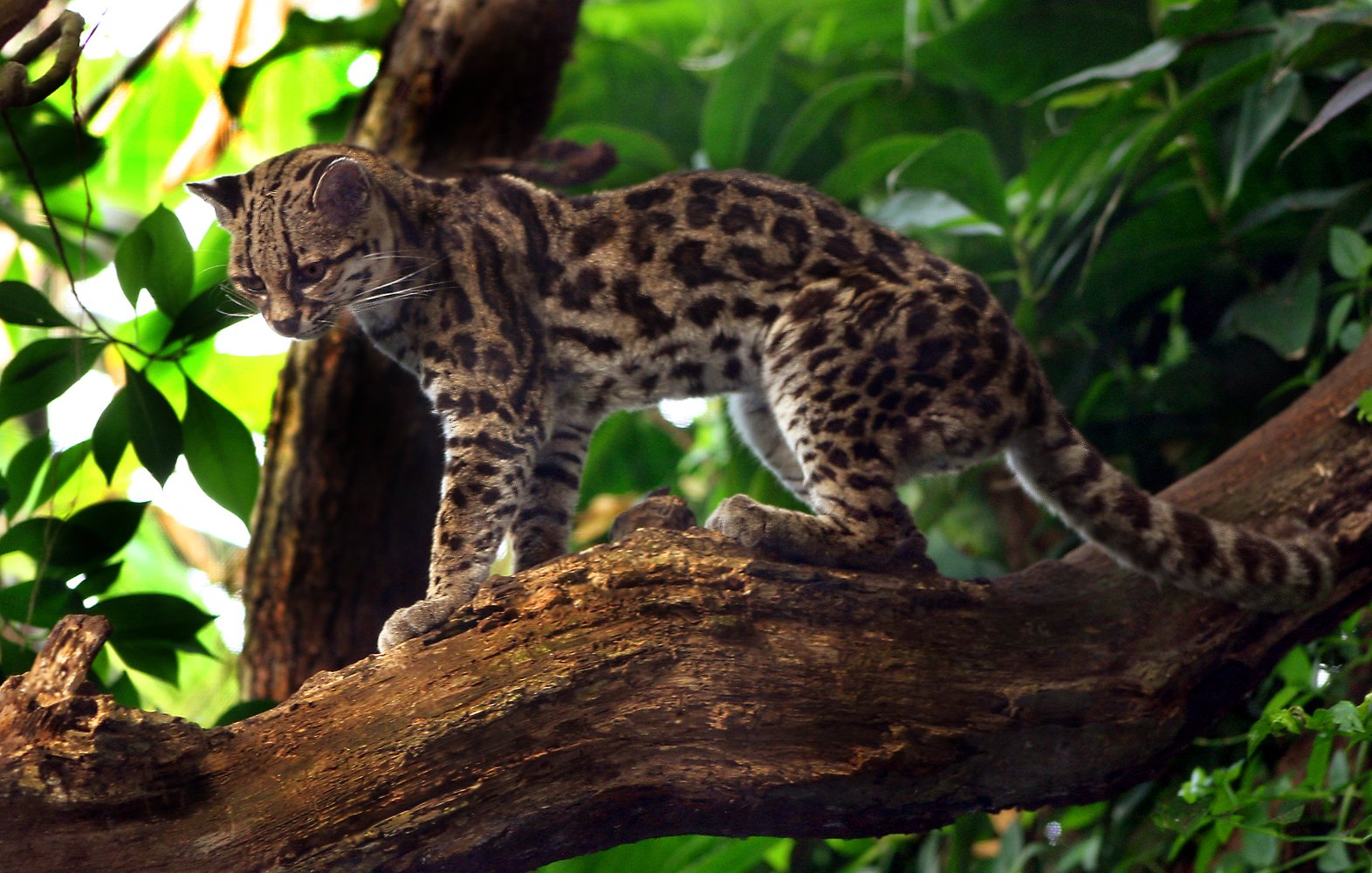
Weighing just 6-9 pounds, margays are tiny cats that have mastered one of the most cunning hunting strategies ever documented. They can actually mimic the calls of baby monkeys and other prey species, luring curious animals within striking distance. This vocal deception is almost unheard of among cats.
Their small size allows them to navigate thin branches high in the rainforest canopy where larger predators can’t follow. Margays can rotate their hind legs 180 degrees, allowing them to climb down trees headfirst like squirrels. They spend most of their lives in trees, hunting birds, small mammals, and even insects with acrobatic precision.
Black-Footed Cats Pack Deadly Efficiency Into Tiny Bodies
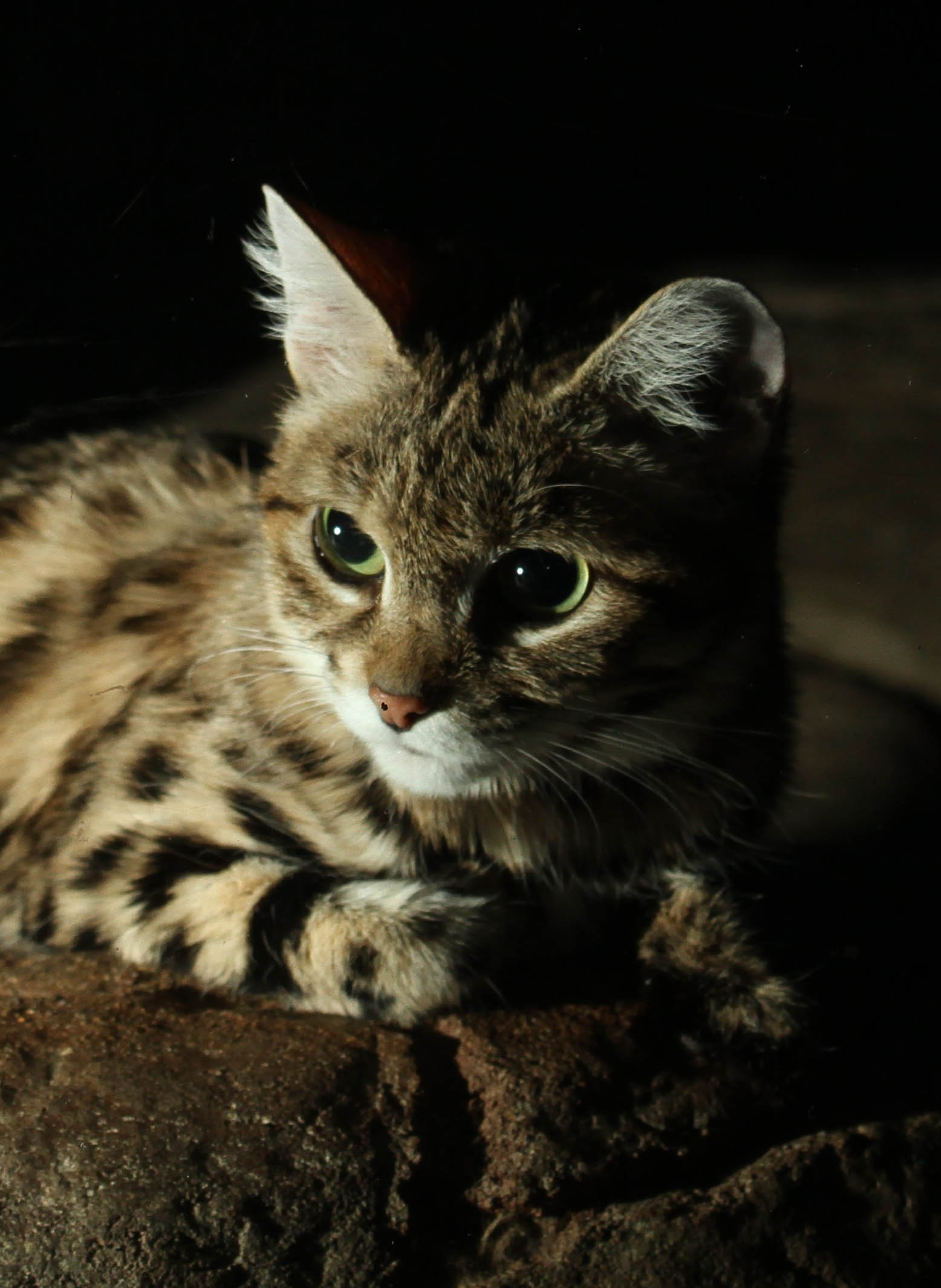
The black-footed cat weighs only 2-5 pounds, earning it the title of Africa’s smallest wild cat. Don’t let their size fool you – they’re actually one of the most successful hunters in the cat family, with a kill rate of 60%. That’s higher than lions, tigers, or leopards.
Their hunting strategy is based on relentless energy and fearlessness. Black-footed cats can travel up to 20 miles in a single night, investigating every possible hiding spot for prey. They’ll attack animals much larger than themselves, including young springbok. Their metabolism is so high that they need to eat every few hours, making them constantly active hunters rather than the ambush predators that larger cats prefer to be.
These remarkable cats prove that in the wild, innovation beats intimidation every time. From aerial acrobatics to vocal mimicry, each species has found its own path to hunting success. Which of these incredible feline strategies surprised you the most?

Growing up traveling and experiencing new cultures and wonders, I have had a passion for nature, adventuring, photography, and videography. I am currently working towards a BSc in Biodiversity and Ecology at Stellenbosch University, and I hope to specialise in Marine Sciences one day.
Please send any feedback to Feedback@animalsaroundtheglobe.com





